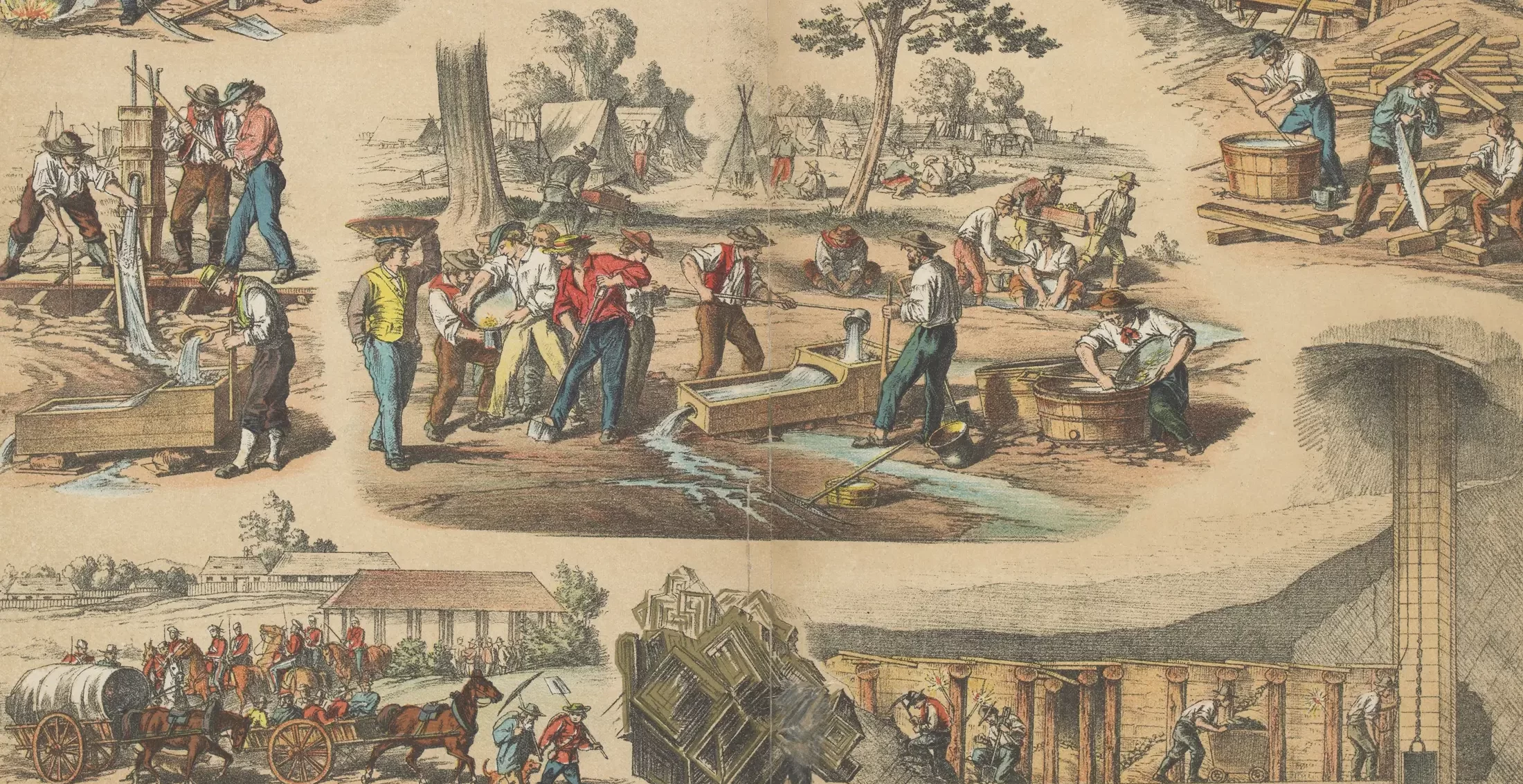

New Readers and Writers:
New Reading Geographies:
The Literary Mines Wiki is now available to browse! Texts in the database are categorised according to their different commodity, labour, and infrastructure regimes; their geographical locations; literary genres and forms; as well as the extractive stages they represent. The wiki-style will allow people outside of the project team to contribute to the ongoing discovery of texts and archival records of extraction. The project team will be developing training videos and manuals to help you make your contributions to the database.
Browse by mineral
Browse by Colony
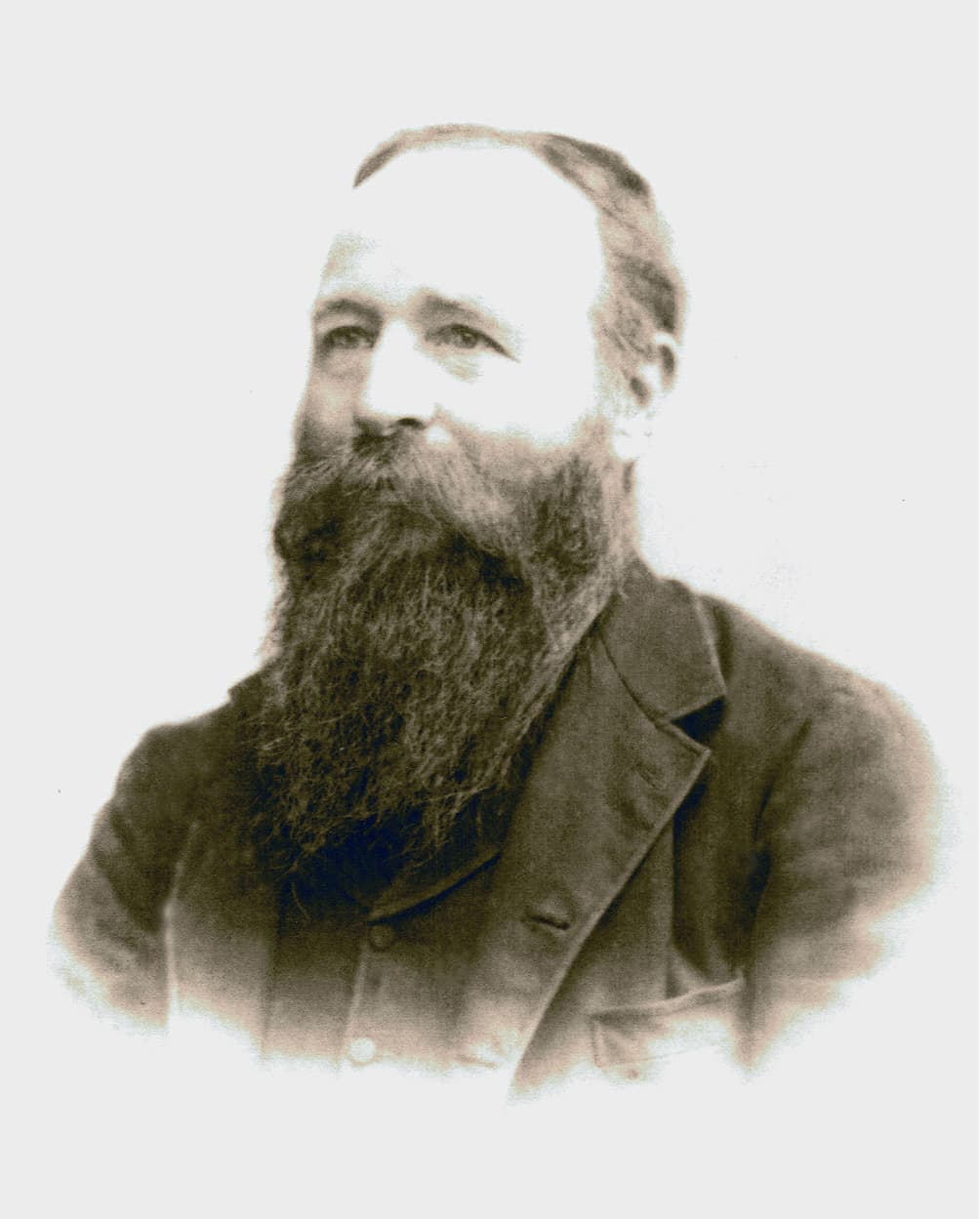
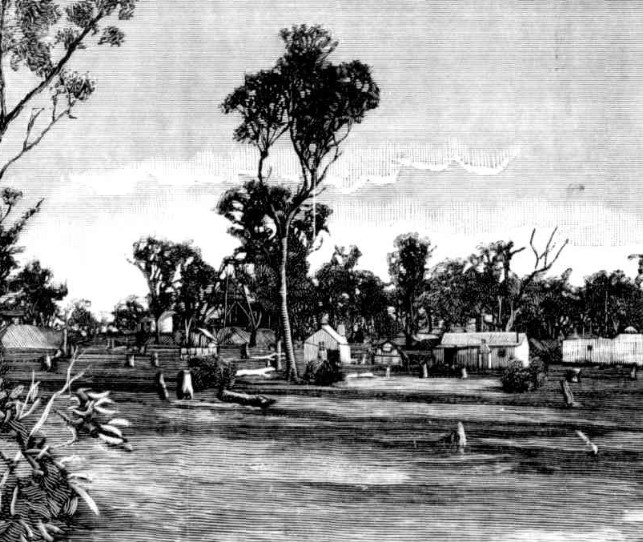
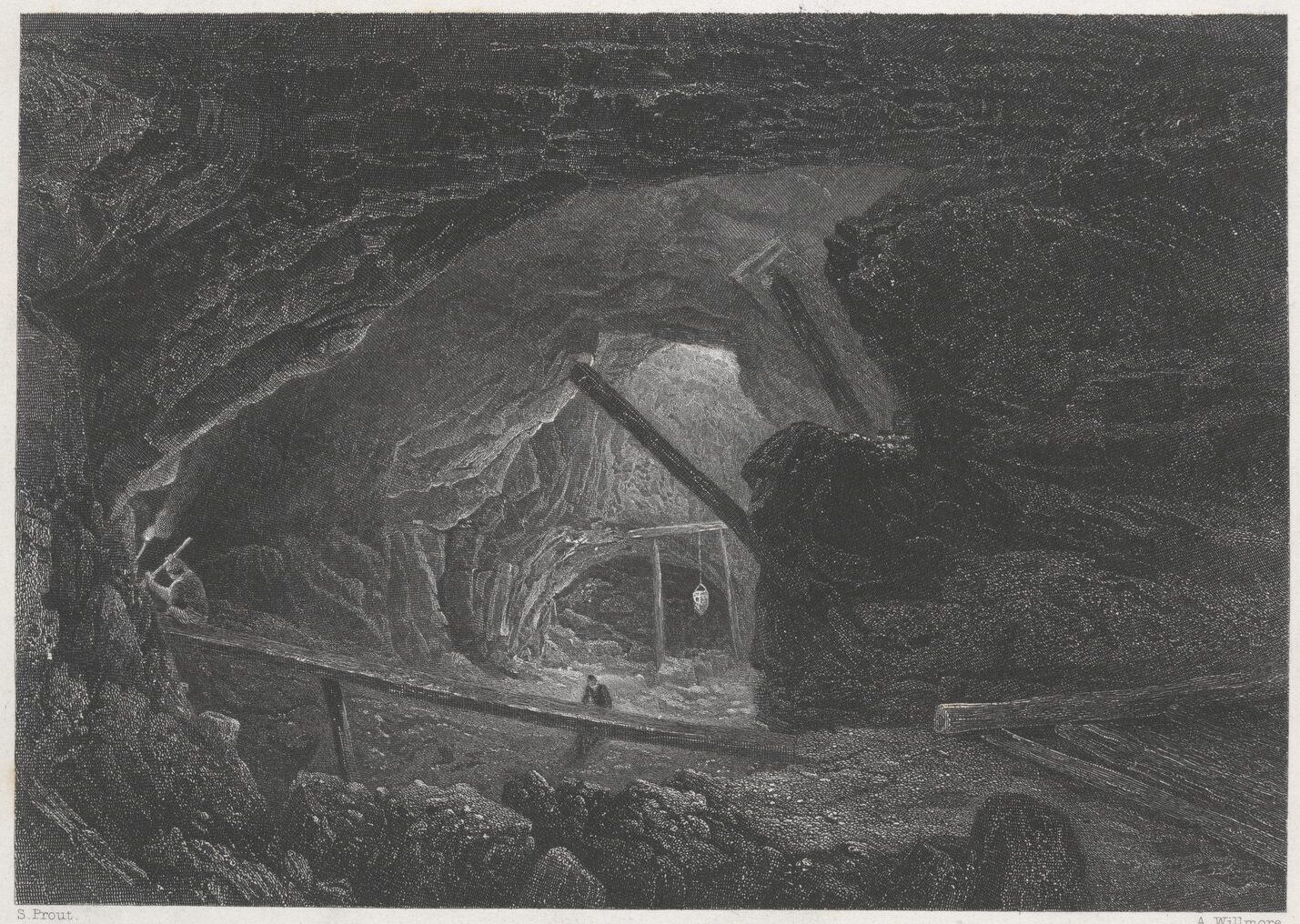

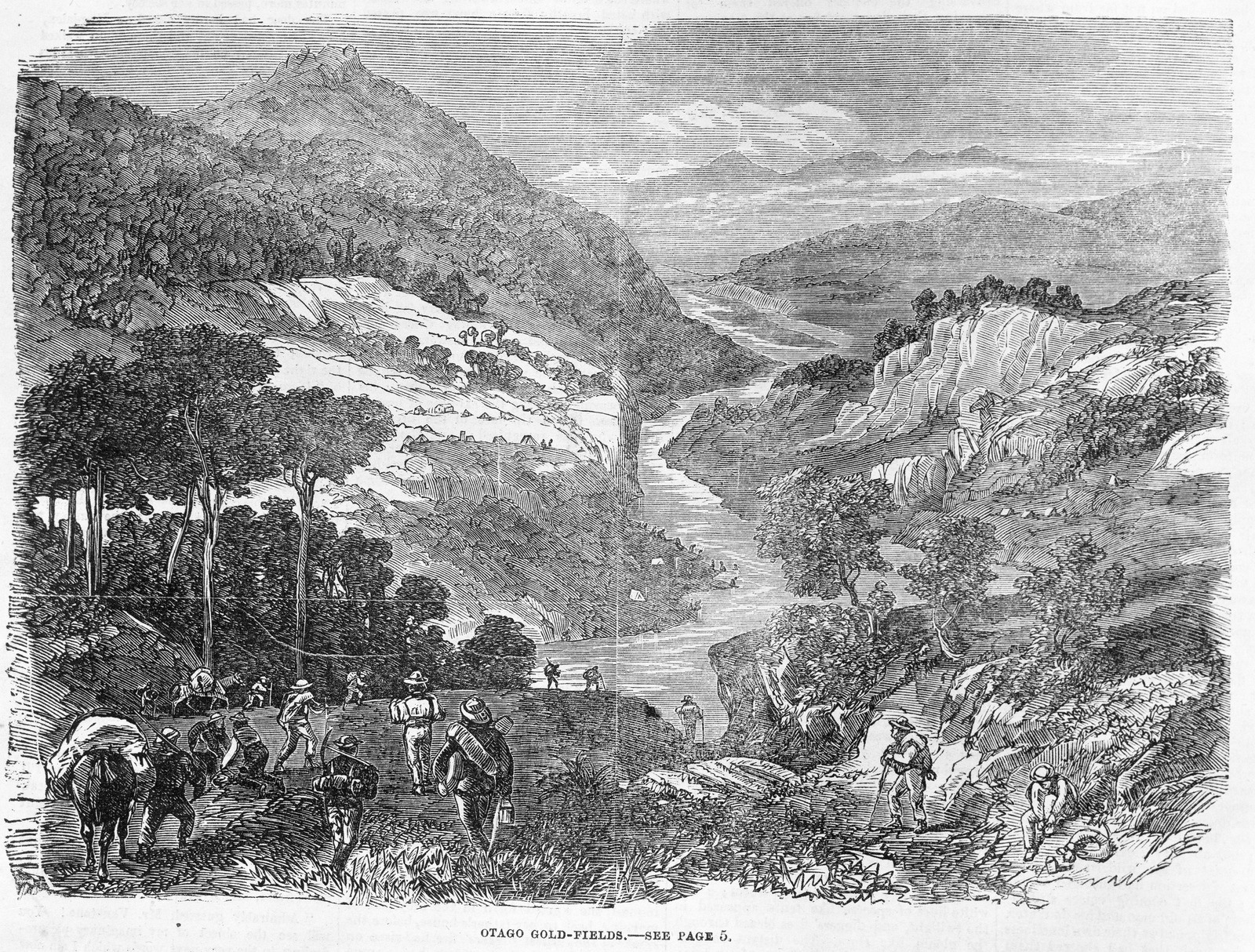
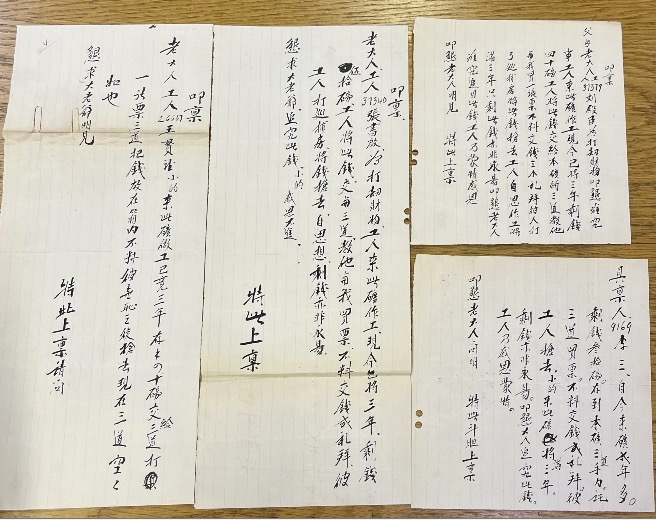
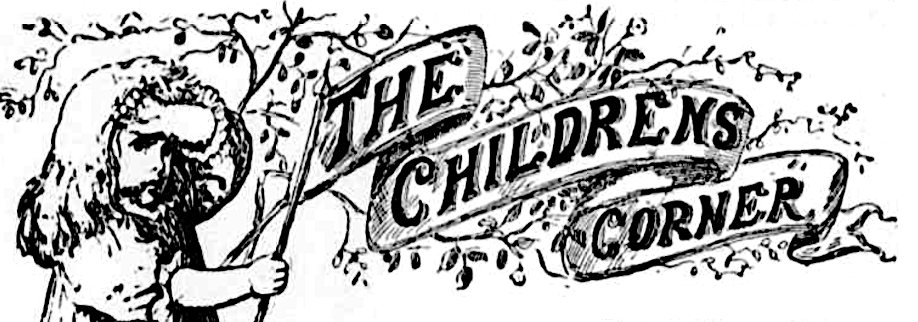

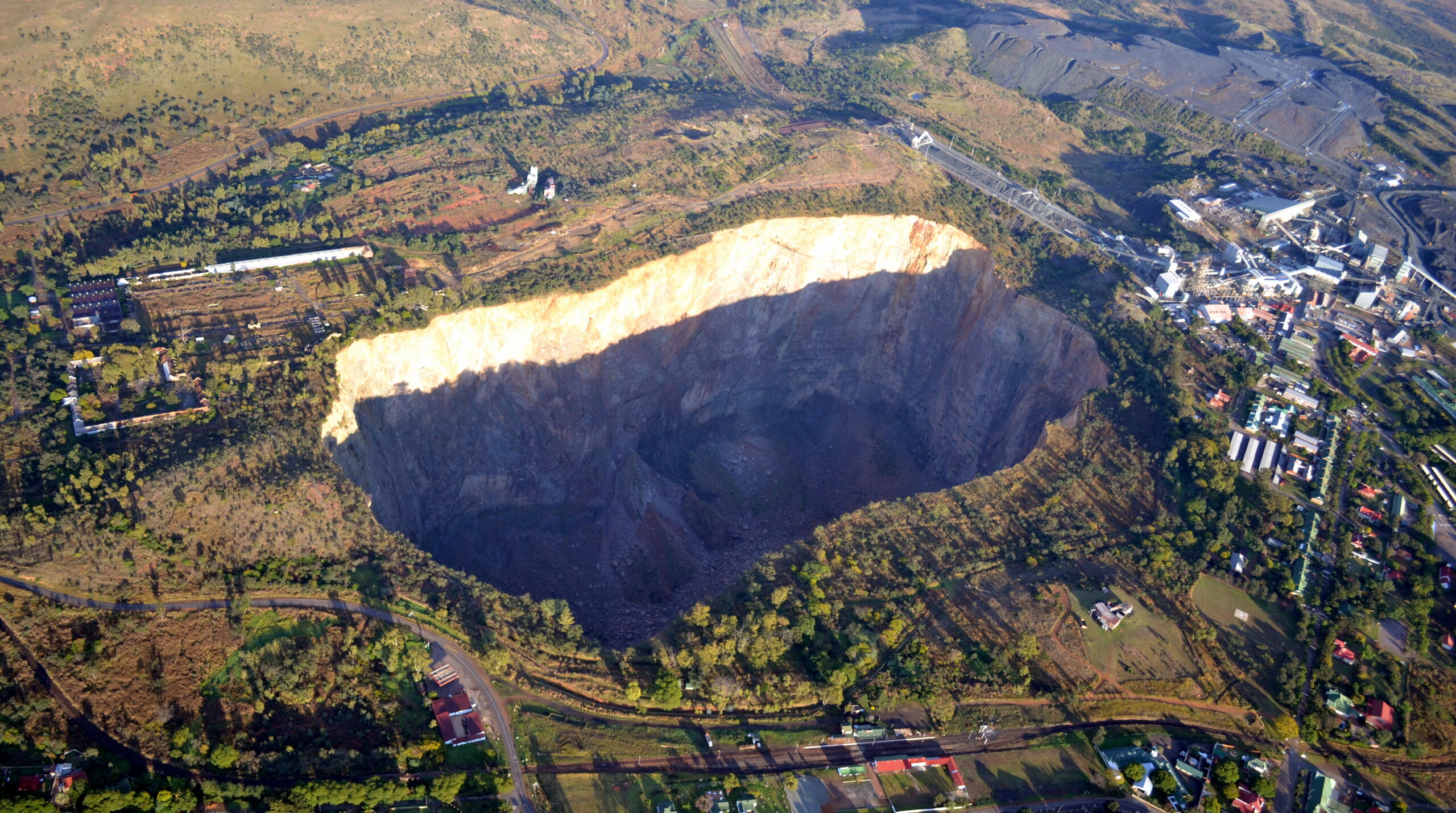
Literary Mines is a Wiki-style database that we will be launching in early 2024. Texts in the database will be categorised according to their different commodity, labour, and infrastructure regimes; their geographical locations; literary genres and forms; as well as the extractive stages they represent.
The wiki-style will allow people outside of the project team to contribute to the ongoing discovery of texts and archival records of extraction. The project team will be developing training videos and manuals to help you make your contributions to the database. To be notified of the database launch and to become a contributing member, sign up here:
IMAGE SOURCES
Homepage title image: ‘Goldgewinnung auf einem australischen Goldfeld [Gold mining on an Australian goldfield] [1858/9]’ by Herman Deutsch. Courtesy of the State Library of Victoria.
Work Package 1: ‘Diggers of High Degree’ (1852) by S. T. Gill. Courtesy of the State Library of Victoria. Work Package 2: ‘Leading from Stocks to Paxton’s Lode’ (1847) by S. T. Gill. Courtesy of the National Library of Australia Work Package 3: ‘Zealous Gold Diggers’ (1852) by S. T. Gill. Courtesy of the National Library of Australia. Work Package 4: ‘Port Phillip Gold Mining Company’s Claim and the Township of Clunes’ (1869) by Samuel Calvert. Courtesy of the State Library of Victoria